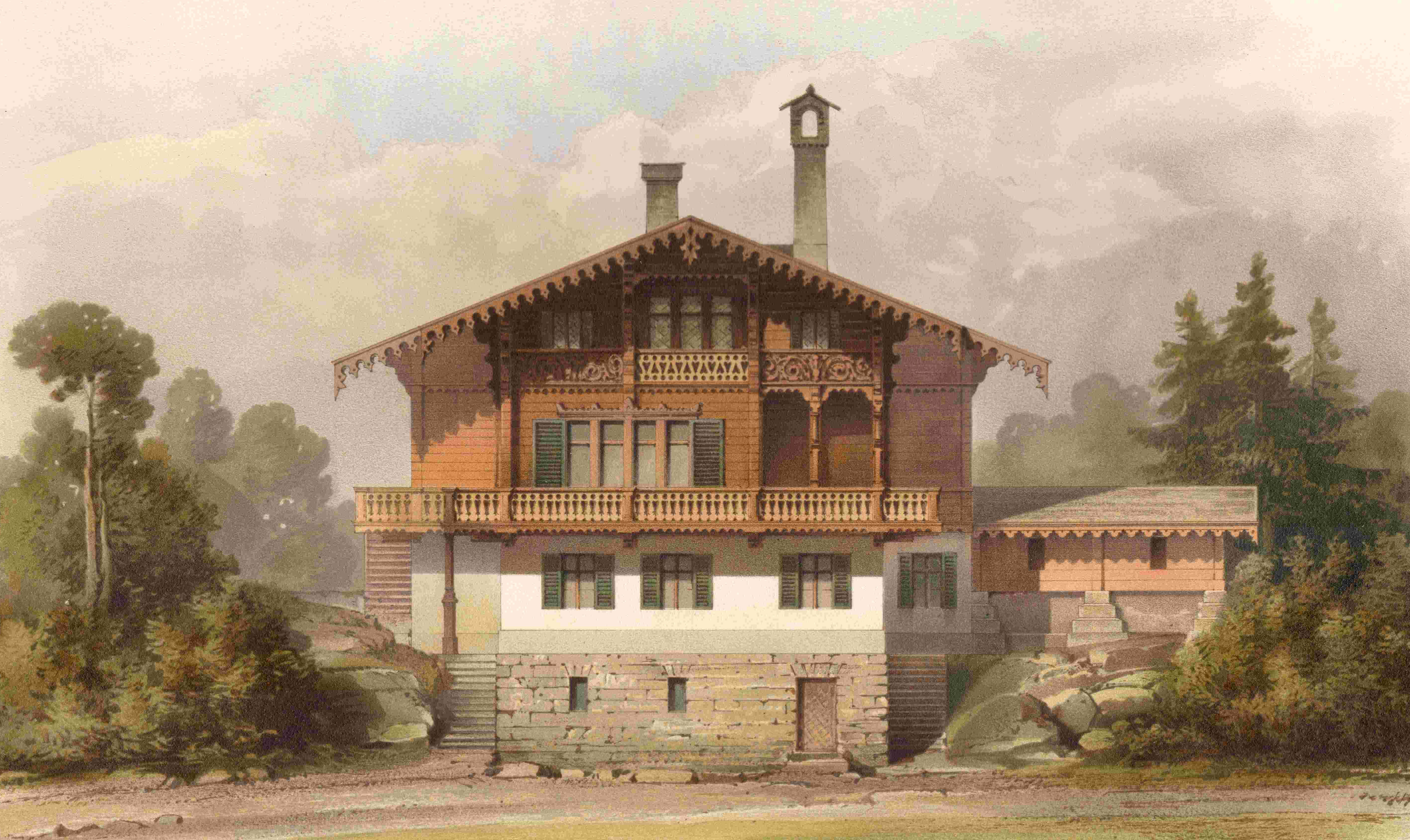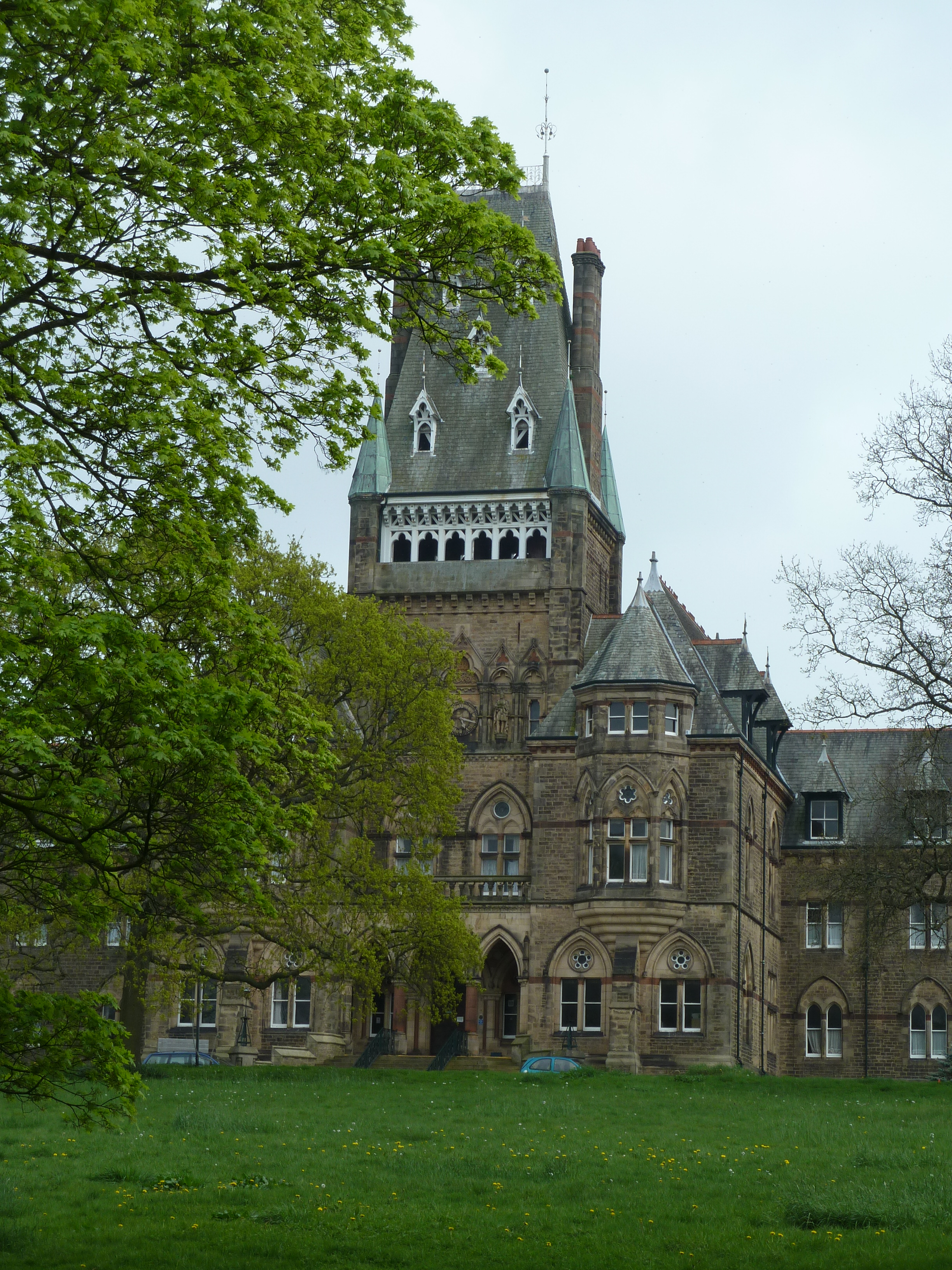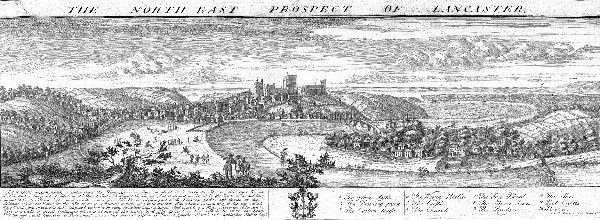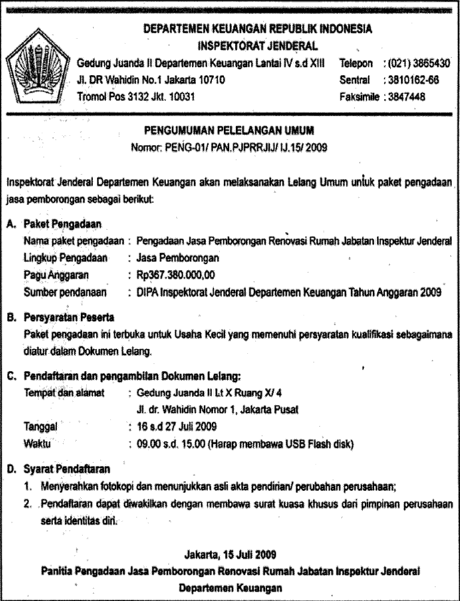|
Coniston Railway
The Coniston Railway was a railway in Cumbria, England, linking Coniston and Broughton-in-Furness, which ran for over 100 years between the middle of the 19th to the middle of the 20th century. It was originally designed for the transport of slate and copper ore from the mines near Coniston to the coast and later developed into a line for tourists to the Lake District. The line opened in 1859 and closed in 1962. Background The Romans were mining copper ore in the Coniston area 2000 years ago, and there is evidence that copper was being extracted from the area as long ago as the Bronze Age. Green slate has also been quarried in the area for at least 500 years and there has been a tourist industry for some 200 years. By the middle of the 19th century the copper mines and the slate quarries at Coniston were flourishing, the mines employing 400 men and the quarries were producing an average of 2,000 tons of slate a month. Around t ... [...More Info...] [...Related Items...] OR: [Wikipedia] [Google] [Baidu] [Amazon] |
Cumbria
Cumbria ( ) is a ceremonial county in North West England. It borders the Scottish council areas of Dumfries and Galloway and Scottish Borders to the north, Northumberland and County Durham to the east, North Yorkshire to the south-east, Lancashire to the south, and the Irish Sea to the west. Its largest settlement is the city of Carlisle. Cumbria is predominantly rural, with an area of and a population of 500,012; this makes it the third-largest ceremonial county in England by area but the eighth-smallest by population. Carlisle is located in the north; the towns of Workington and Whitehaven lie on the west coast, Barrow-in-Furness on the south coast, and Penrith, Cumbria, Penrith and Kendal in the east of the county. For local government purposes the county comprises two Unitary authorities of England, unitary authority areas, Westmorland and Furness and Cumberland (unitary authority), Cumberland. Cumbria was created in 1974 from the historic counties of Cumberland and Westmor ... [...More Info...] [...Related Items...] OR: [Wikipedia] [Google] [Baidu] [Amazon] |
Surveying
Surveying or land surveying is the technique, profession, art, and science of determining the land, terrestrial Plane (mathematics), two-dimensional or Three-dimensional space#In Euclidean geometry, three-dimensional positions of Point (geometry), points and the Euclidean distance, distances and angles between them. These points are usually on the surface of the Earth, and they are often used to establish maps and boundaries for ownership, locations, such as the designated positions of structural components for construction or the surface location of subsurface features, or other purposes required by government or civil law, such as property sales. A professional in land surveying is called a land surveyor. Surveyors work with elements of geodesy, geometry, trigonometry, regression analysis, physics, engineering, metrology, programming languages, and the law. They use equipment, such as total stations, robotic total stations, theodolites, Satellite navigation, GNSS receivers, ... [...More Info...] [...Related Items...] OR: [Wikipedia] [Google] [Baidu] [Amazon] |
Coniston Railmotor
Coniston may refer to: Australia *Coniston (Northern Territory), a cattle station **Coniston massacre, 1928 *Coniston, New South Wales **Coniston railway station, New South Wales * Coniston, Tasmania, a town in the Derwent Valley United Kingdom *Coniston, East Riding of Yorkshire *Coniston Cold, North Yorkshire *Coniston, Cumbria, a village *Coniston Fells, a chain of hills and mountains in the Furness Fells, in the Lake District **Coniston Old Man (also called the Old Man of Coniston), the highest peak in the Coniston Fells *Coniston Water, a lake in the Lake District *Coniston Limestone, the sedimentary rock formation around Coniston, Cumbria. *Coniston Group, a lithographic group named after Coniston, Cumbria. United States * Coniston, California * ''Coniston'' (novel), by American writer Winston Churchill Canada *Coniston, Ontario, Canada See also *Conistone Conistone is a small village in the county of North Yorkshire, England. It lies north of Grassington, south o ... [...More Info...] [...Related Items...] OR: [Wikipedia] [Google] [Baidu] [Amazon] |
Swiss Chalet Style
Swiss chalet style (, ) is an architectural style of Historicism (art), Late Historicism, originally inspired by rural chalets in Switzerland and the Alps, Alpine (mountainous) regions of Central Europe. The style refers to traditional building designs characterised by widely projecting roofs and facades richly decorated with wooden balconies and carved ornaments. It spread over German Empire, Germany, Austria-Hungary, Kingdom of Italy, Italy, France and Scandinavia during the Belle Époque era. History Swiss chalet style originated in the German Romanticism, Romantic era of the late 18th- and early 19th-century, when the ideas of the English landscape garden inspired parks and residences in Germany, such as the Dessau-Wörlitz Garden Realm. It became highly appreciated on the continent by noble landowners who were impressed by the "simple life" of people living in the mountains. The chalet style soon spread over the German ''Mittelgebirge'' landscapes such as the Harz mountains ... [...More Info...] [...Related Items...] OR: [Wikipedia] [Google] [Baidu] [Amazon] |
Edward Graham Paley
Edward Graham Paley, usually known as E. G. Paley (3 September 1823 – 23 January 1895), was an English architect who practised in Lancaster, Lancashire, in the second half of the 19th century. After leaving school in 1838, he went to Lancaster to become a pupil of Edmund Sharpe, and in 1845 he joined Sharpe as a partner. Sharpe retired from the practice in 1851, leaving Paley as the sole principal. In 1868, Hubert Austin joined him as a partner, and in 1886, Paley's son, Henry, also became a partner. This partnership continued until Paley's death in 1895. Paley's major work was the design of new churches, but he also rebuilt, restored and made additions and alterations to existing churches. His major new ecclesiastical design was that of St Peter's Church, Lancaster, which became Lancaster Cathedral. He also carried out secular commissions, mainly on country houses in the north-west of England. His largest and most important secular work was the Royal Albert Asylu ... [...More Info...] [...Related Items...] OR: [Wikipedia] [Google] [Baidu] [Amazon] |
Lancaster, Lancashire
Lancaster (, ) is a city in Lancashire, England, and the main cultural hub, economic and commercial centre of City of Lancaster district. The city is on the River Lune, directly inland from Morecambe Bay. Lancaster is the county town, although Lancashire County Council has been based at County Hall, Preston, County Hall in Preston, Lancashire, Preston since its formation in 1889. The city's long history is marked by Lancaster Roman Fort, Lancaster Castle, Lancaster Priory, Lancaster Priory Church, Lancaster Cathedral and the Ashton Memorial. It is the seat of Lancaster University and has a campus of the University of Cumbria. It had a population of 52,234 in the 2011 census, compared to the district, which had a population of 138,375. The House of Lancaster was a branch of the List of English monarchs, English royal family. The Duchy of Lancaster still holds large estates on behalf of Charles III, who is the Duke of Lancaster. The Port of Lancaster and the 18th-century Lancas ... [...More Info...] [...Related Items...] OR: [Wikipedia] [Google] [Baidu] [Amazon] |
Coniston Railway Station, Cumbria
Coniston railway station was the northern terminus of the Coniston branch line in the village of Coniston, Lancashire, England (now in Cumbria). History Authorised by Parliament in August 1857 the line to Coniston was open less than two years later in June 1859. The station building was designed by the Lancaster architect E. G. Paley in Swiss chalet style. The station was enlarged between 1888 and 1892 at a cost of over £4,000 (equivalent to £ in ). The train shed was doubled in length and the goods shed was enlarged. A third platform was added in 1896 at a cost of £750 (equivalent to £ in ). There was a single track engine shed and a turntable south east of the station building. The shed was re-roofed by British Railways then closed when the station closed to passengers in 1958, but remained standing until the line and station were demolished in the 1960s. British Railways closed the station and the branch to passengers in 1958 and completely in 1962. Th ... [...More Info...] [...Related Items...] OR: [Wikipedia] [Google] [Baidu] [Amazon] |
Board Of Trade
The Board of Trade is a British government body concerned with commerce and industry, currently within the Department for Business and Trade. Its full title is The Lords of the Committee of the Privy Council appointed for the consideration of all matters relating to Trade and Foreign Plantations, but is commonly known as the Board of Trade, and formerly known as the Lords of Trade and Plantations or Lords of Trade, and it has been a committee of the Privy Council of the United Kingdom. The board has gone through several evolutions, beginning with extensive involvement in colonial matters in the 17th century, to powerful regulatory functions in the Victorian Era and early 20th century. It was virtually dormant in the last third of the 20th century. In 2017, it was revitalised as an advisory board headed by the International Trade Secretary who has nominally held the title of President of the Board of Trade, and who at present is the only privy counsellor of the board, the othe ... [...More Info...] [...Related Items...] OR: [Wikipedia] [Google] [Baidu] [Amazon] |
Her Majesty's Railway Inspectorate
Established in 1840, His Majesty's Railway Inspectorate (HMRI) is the organisation responsible for overseeing safety on Britain's railways and tramways. It was previously a separate non-departmental public body, but from 1990 to April 2006 it was part of the Health and Safety Executive. It was then transferred to the Office of Rail and Road and ceased to exist by that name in May 2009 when it was renamed the Safety Directorate. However, in summer 2015 its name was re-established as the safety arm of ORR. Modern HMRI inspectorate The modern HMRI within the Office of Road and Rail (ORR) identifies as "The Railway Inspectorate". HMRI works in tandem with the rest of the ORR, and as such may be consulted on matters effecting industry efficiency. Internally, most of HMRI's inspectors are part of the Railway Safety Directorate (RSD) of the ORR, although some Railway Performance and Planning (RPP) engineers have some more limited powers as warranted HMRI individuals. HMRI's role a ... [...More Info...] [...Related Items...] OR: [Wikipedia] [Google] [Baidu] [Amazon] |
William Yolland
William Yolland CB, FRS FRSA (17 March 1810 – 4 September 1885) was an English military surveyor, astronomer and engineer, and was Britain's Chief Inspector of Railways from 1877 until his death. He was a redoubtable campaigner for railway safety, often in the face of strong opposition, at a time when railway investment was being directed towards the expansion of the networks rather than the prevention of accidents. He was a member of the three-man committee of inquiry into the Tay Bridge disaster.Vetch (2004) He held the rank of lieutenant colonel. Career Yolland was born in Plympton St Mary, Devon, the son of the land agent to Lord Morley, Plymouth, and his father promoted the boy's interest in surveying and land management by enrolling him at a school specialising in mathematics. He was commissioned into the Royal Engineers in 1828 and completed his technical training at the Royal School of Military Engineering in Chatham, Kent, in 1831. Ordnance Survey After army ser ... [...More Info...] [...Related Items...] OR: [Wikipedia] [Google] [Baidu] [Amazon] |
Tendering
An invitation to tender (ITT, also known as a call for bids or a request for tenders) is a formal, structured procedure for generating competing offers from different potential suppliers or contractors looking to obtain an award of business activity in works, supply, or service contracts, often from companies who have been previously assessed for suitability by means of a supplier questionnaire (SQ) or pre-qualification questionnaire (PQQ). Unlike a request for proposal (RFP), which is used when a company sources for business proposals, ITTs are used when a government or company does not require the submission of an original business proposal and is looking solely to award a contract based on the best tender submitted. As a result, whereas ITTs are often decided based on the best price offered, decisions on RFPs may also involve other considerations such as technology and innovation. Both are forms of reverse auction. At the same time, variants may be requested in an ITT, whic ... [...More Info...] [...Related Items...] OR: [Wikipedia] [Google] [Baidu] [Amazon] |
Financial Capital
Financial capital (also simply known as capital or equity in finance, accounting and economics) is any Economic resources, economic resource measured in terms of money used by entrepreneurs and businesses to buy what they need to make their products or to provide their services to the sector of the economy upon which their operation is based (e.g. retail, corporate, investment banking). In other words, financial capital is internal retained earnings generated by the entity or funds provided by lenders (and Investor, investors) to businesses in order to purchase real capital equipment or services for producing new Goods and services, goods or services. In contrast, real capital comprises physical goods that assist in the production of other goods and services (e.g. shovels for gravediggers, sewing machines for tailors, or machinery and tooling for factories). IFRS concepts of capital maintenance ''Financial capital'' generally refers to saved-up financial Wealth (economics), we ... [...More Info...] [...Related Items...] OR: [Wikipedia] [Google] [Baidu] [Amazon] |







